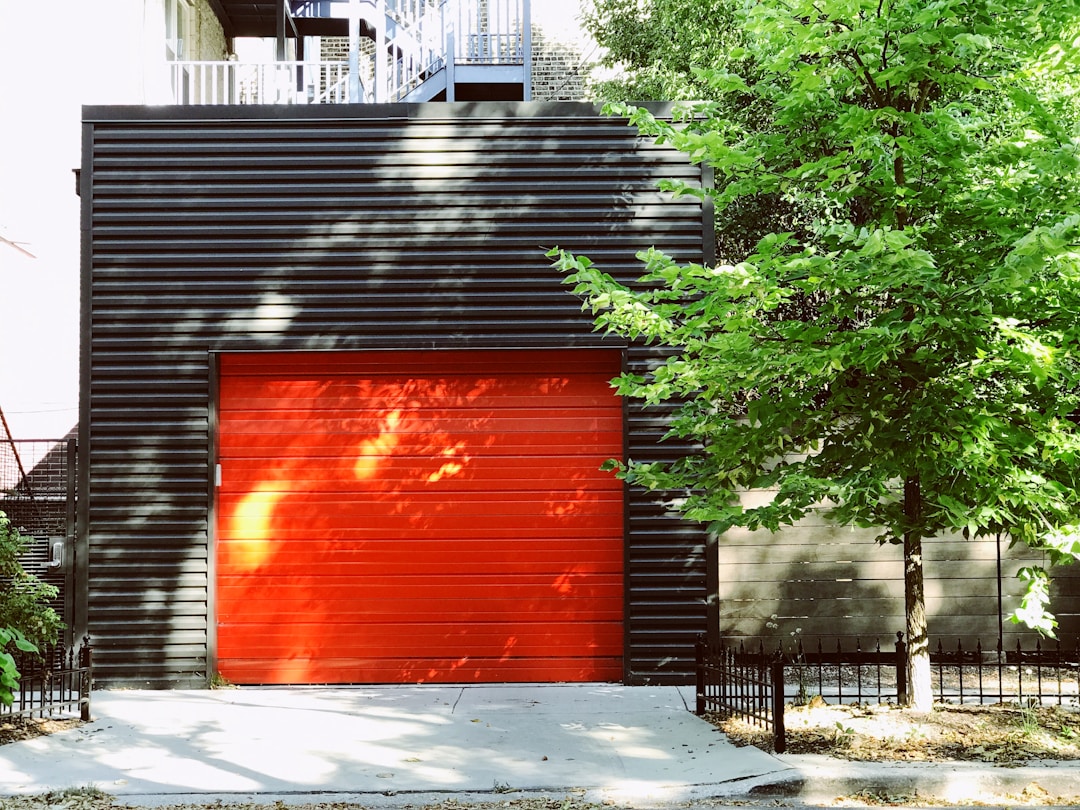As a homeowner, your awareness of home improvement projects has likely increased over time. While you may prioritize certain areas of your home, such as the kitchen and bathrooms, there are additional features that require the same level of awareness and attention. Your garage door is an integral part of your home, even if you don’t actively think of its maintenance or function.
A fully functioning garage door allows you to enter and exit your home with ease and it provides additional protection. So what happens if your garage door springs suddenly become loose and fail to operate properly? Before that happens, it’s best to learn how to properly maintain the springs and how to watch for signs indicating that repairs are imminent so you can remain diligent in your homeowner duties.
Garage Springs

If you’re asking yourself, “What does a garage door spring do?” then you’re not alone. Many homeowners are unaware of how the garage door functions or what type of springs exist inside the mechanism to ensure the garage door opens normally. It’s important to learn this crucial information in advance since you’ll likely need help from a professional to correct any issues you experience. Even the most skilled home improvement pros require assistance with garage door springs simply because of the tension pushing against these coils. If you don’t know what you’re doing you could seriously hurt yourself, which is why it’s a good idea to call a garage door installer and avoid personal injury in the process.
The garage door spring is comprised of two separate parts: the torsion spring and the extension spring. The extension springs are found on the upper tracks for your garage door, whereas the torsion springs are attached directly above the garage door itself. Both the torsion and extension springs can become weakened over time. As they weaken, they fail to open the door smoothly. The springs essentially allow the garage door to open and close properly. Without them, you’re stuck. A broken spring can be repaired easily, but it can also cause damage to anyone who’s attempting to fix it before it snaps. Be mindful of this information as you inspect any squeaking or creaking that you’ve been noticing before calling for backup to make necessary repairs.
Benefits of Repairs

When your garage door spring breaks, it’ll be nearly impossible for you to enter and exit through the garage. This means your vehicle is left outside to weather the elements, and you make life more difficult for your senior dog who just wants to make their way directly into the house after a long drive. If you’re a pet owner who wants to learn how to make your home more comfortable for an older dog, managing the overall maintenance of your garage door is a good place to start. Once your beloved dog enters old age, their needs become entirely different than that of a puppy. A senior dog has limited mobility, which is why it’s essential to make the transition from the car into your home as easy as possible.
If you have a broken garage door spring, you’ll have to bring your older pet to the outside of your home to enter through another door. Why put your old dog through all that hassle? Contact a garage door spring repair technician and have them address the issue right away. You’ll be able to keep any accumulating snow off the hood of your car, and your furry friend will find it easier to make the voyage from the couch to the car as the dog ages and needs help to move around.
Garage Door Costs

Home improvement costs are always something to consider. If you’re worried about how you’ll be able to afford the necessary repairs to a broken garage door, you can always take out a personal loan to cover the cost. When you borrow from a private lender, you receive a favorable rate and you gain the ability to cover the cost of improvement for your garage door and remaining household projects. Just remember that any money you spend‚Äîwhether from your own pocket or through a lender‚Äîmust be accounted for on your taxes.
If you don’t know how to account for home improvement expenses on your taxes, speak with a tax advisor. When you receive personalized tax advice, you learn what can and can’t be deducted and how to ensure you’re getting the best tax rate possible.








